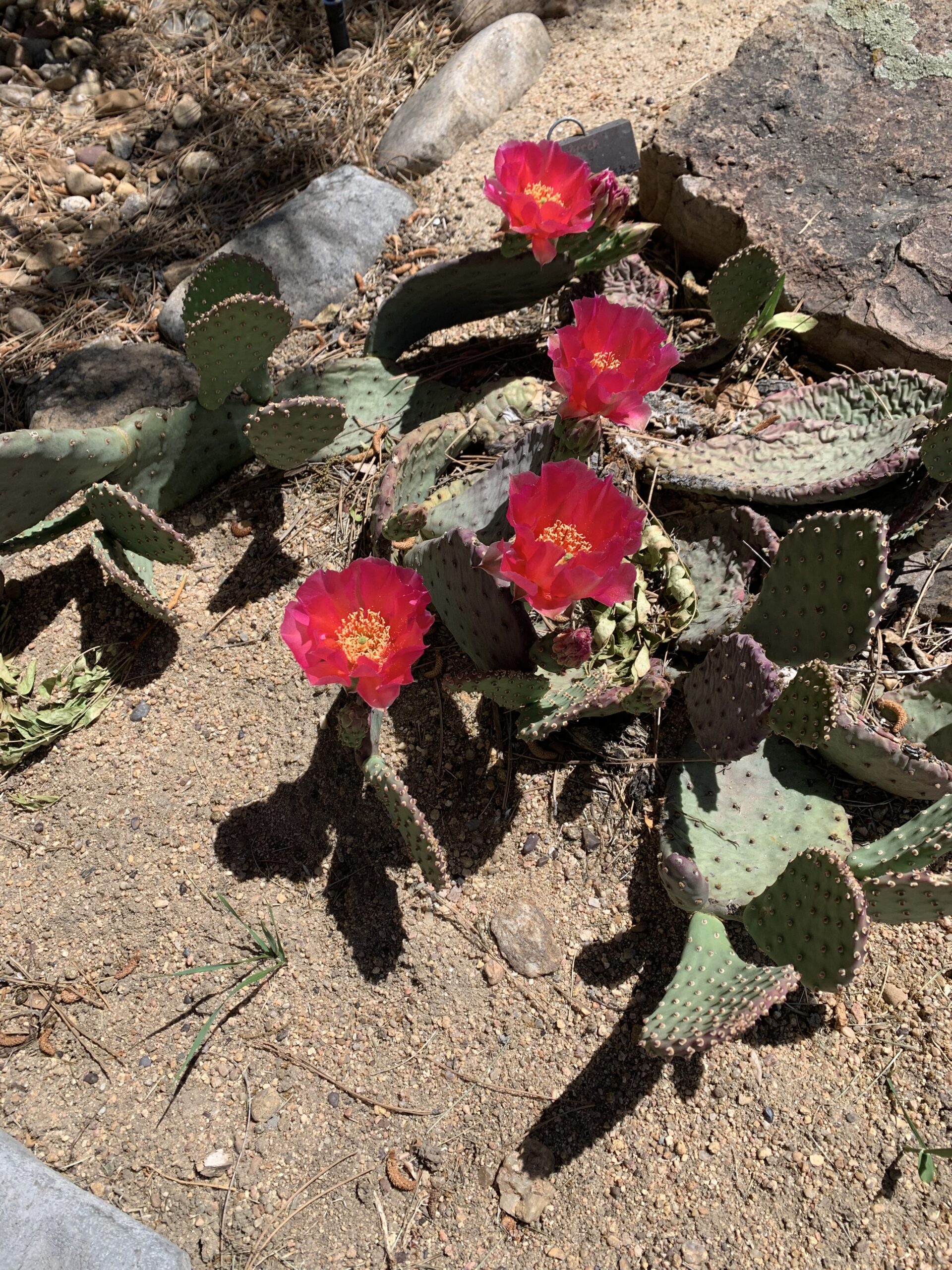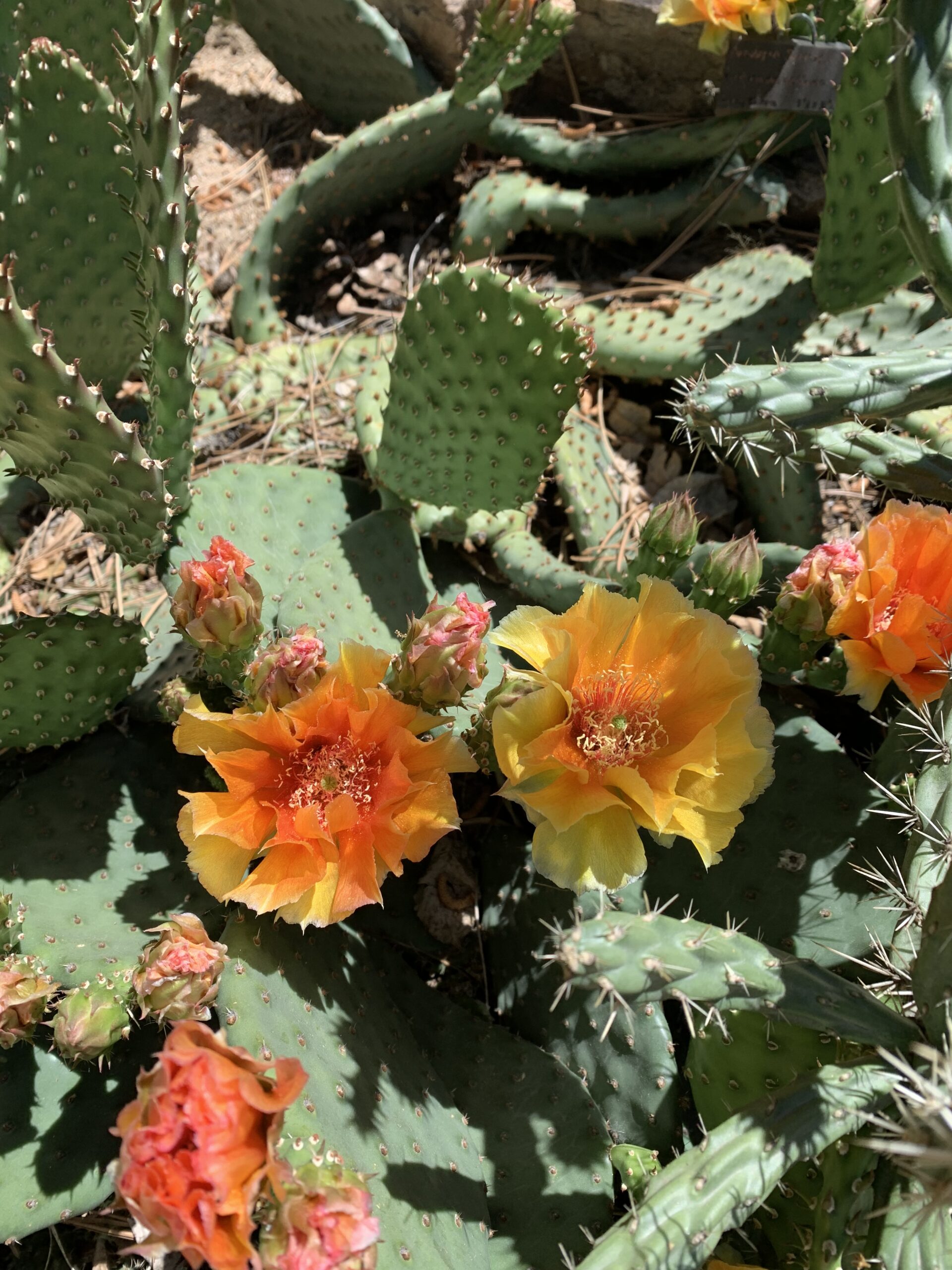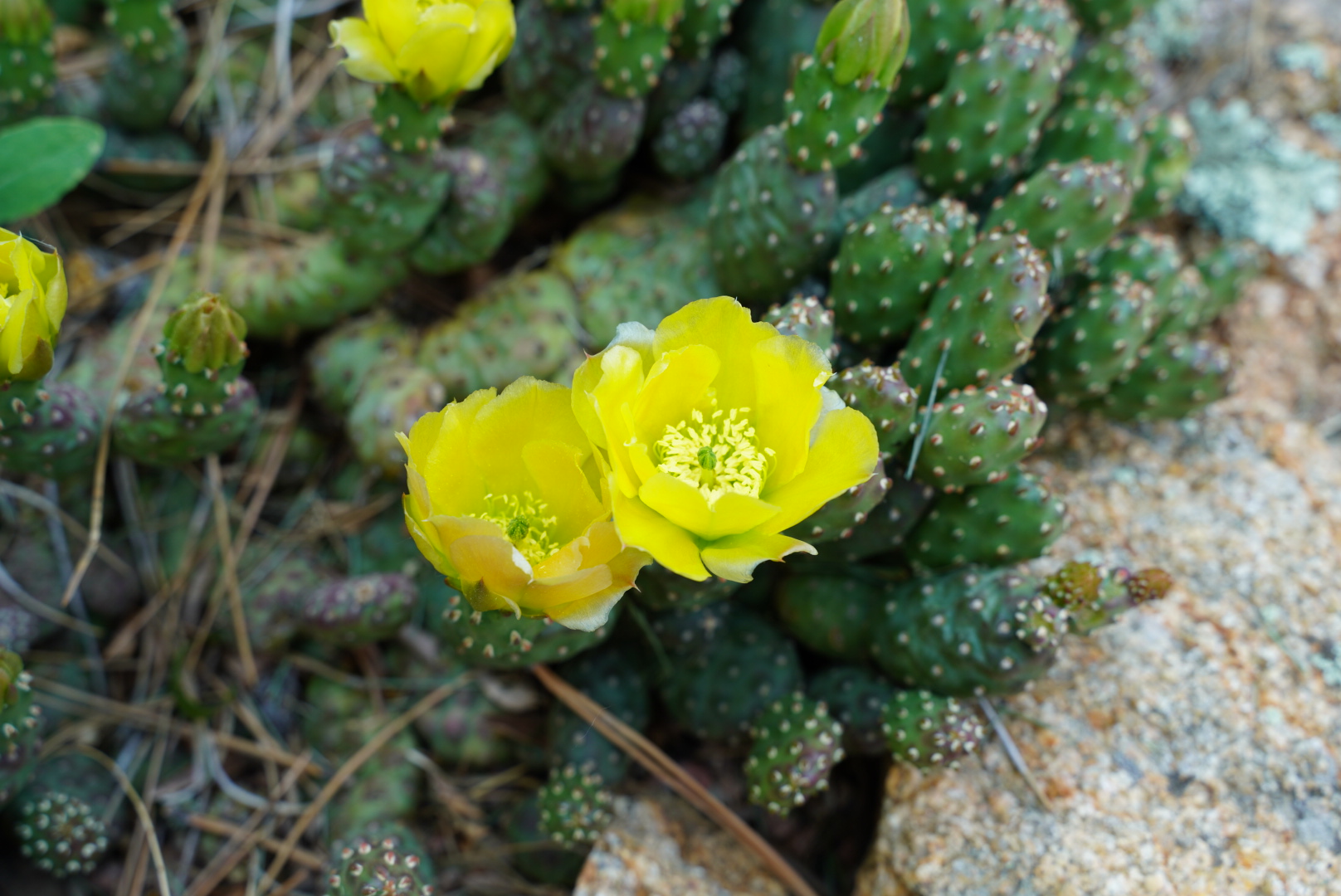



How many species of cacti are there?
The cactus family (Cactaceae) is one of the most striking, distinctive, diversified and specialized groups in the plant kingdom. It includes about 2,000 species, and all of them are perennial, succulent, and native to the Americas.
What are good cacti species for Colorado?
Warm, dry rooms make Colorado homes a great fit for cacti as houseplants. There are many species of cacti to choose from, varying in size, color, shape, and flowering habit. Popular cacti include star cactus, golden barrel, old man, bishop’s cap, sunny ears, rat-tail, pin cushion, Turk’s cap and ball cactus. They require little care or maintenance; the most common problem is overwatering.
What are different cacti good for?
Smaller growing cacti and succulents are excellent choices for window ledges and can be grown in arranged groupings in small trough-type planters. Larger-growing cactus and succulent plants make dramatic floor plants.
Does my cactus need a lor of light?
Most cacti prefer strong sunlight and grow best on southern window sills or at least an east or west window, which provides direct sun part of the day. Cacti can be placed outdoors during summer months; however, care should be taken when moving your cacti outside for the summer. Be sure to place it in a position of partial shade for the first few weeks, and slowly move them to a sunnier location. A plant going directly outside into full sun will likely be scorched by the more intense light found outside the home.
When do cacti grow the most?
Cacti can grow prolifically during the spring and summer, and it’s important to water them properly during this growth period. Since cacti do not wilt with drought stress, they offer few cues that they need water before damage is done. A good rule of thumb is to water when the top inch of soil is dry. This should be adjusted with the season, as growth slows in fall and winter.
How should I treat my cactus in the winter?
During winter, water just enough to prevent the roots from drying out and to prevent the cacti from shrinking or withering. Apply only enough water to moisten the soil around the roots, and allow the soil to become dry before you water again—this may be only every two to three weeks. Whenever you water your cacti, do it thoroughly. Water should flow through the drain holes, and the excess should be discarded. A series of repeated shallow sprinklings often results in distorted growth. The soil should always be allowed to dry out completely between watering. Never let the pots stand in water. Waterlogged soil can quickly lead to rotting roots and dead cacti. If the weather is rainy or cool, you will likely need to water even less often.
How hot should my cactus be?
Temperatures during the growth period should be 60 degrees Fahrenheit at night and 70 to 75 degrees Fahrenheit during the day. If possible, reduce the temperature to 45 to 55 degrees Fahrenheit during the no-growth stage. If a room is not available to keep your cacti cool during the no-growth stage, place your plants near a window where the temperature may be 5 to 10 degrees cooler than the interior of the room.
Should I fertilize my cactus?
Cacti and succulents have relatively low nutrient requirements. Cacti need fertilizer only once or twice a year during the late spring or summer when they are actively growing. Use a houseplant food that is higher in phosphorus than nitrogen, diluted to half the recommended rate. Other succulents may be fertilized in the same manner three or four times during the summer months.
What soil is best for my cactus?
Commercially prepared soil mixes that are well-drained provide a good growth environment for cacti. Avoid over-potting cacti, and make sure the roots are well covered to prevent larger plants from toppling over. Do not water immediately after repotting as it makes them more susceptible to diseases.
Can i propagate my cactus?
Cacti and succulents can be propagated easily by stem cuttings. Many succulents will form new plants from leaves which have been broken off. Allow the cutting wound to air dry before sticking the cutting into slightly moistened, sterile sand. Water sparingly since moisture retention is not a problem. When roots have formed on the cutting, transplant it into a sand and potting soil mixture.
For “Fertilizers” listen to message number 1608.



